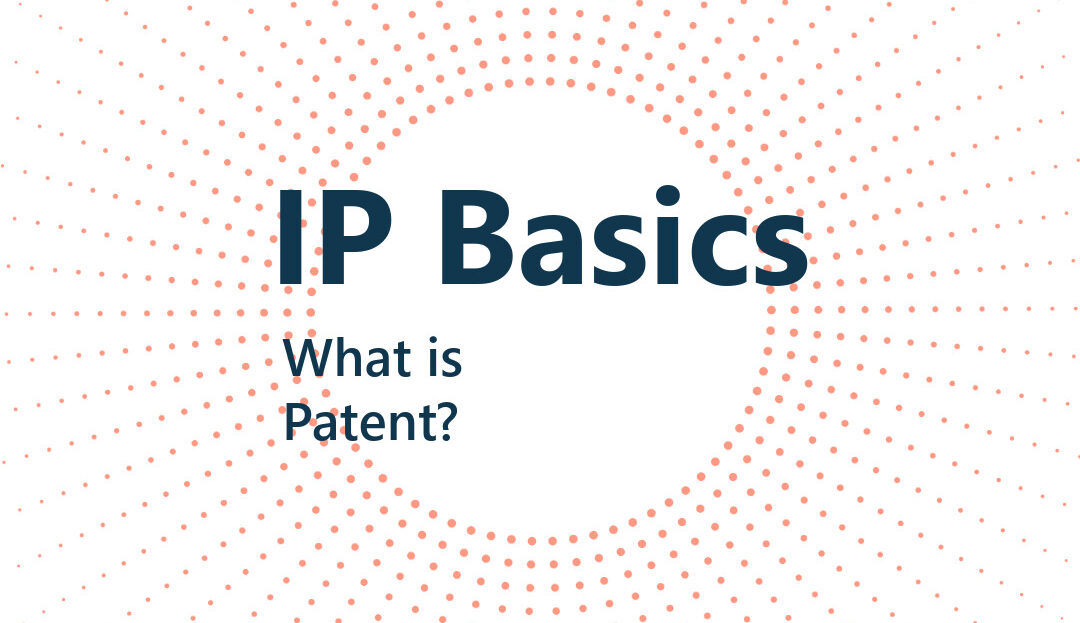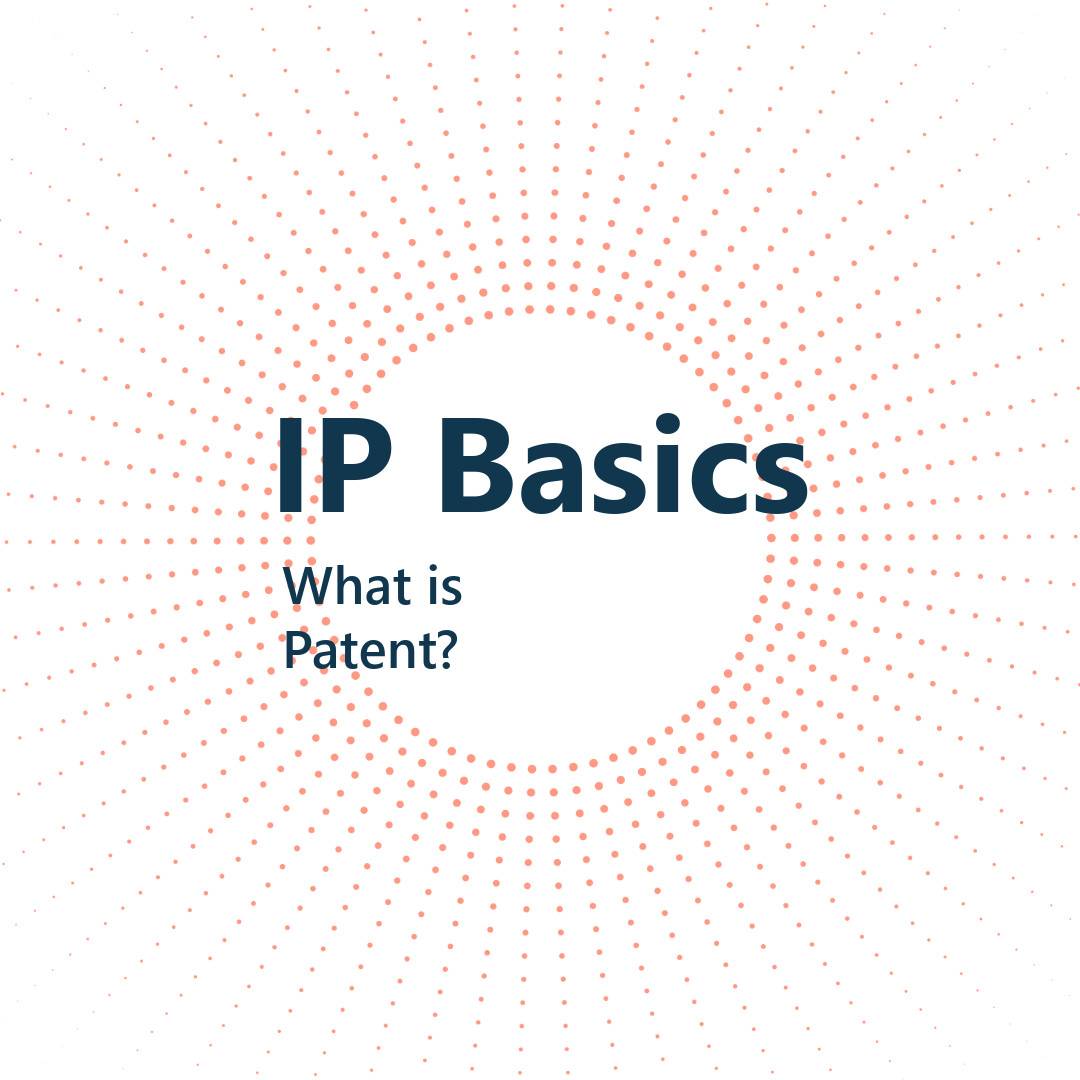What is a Patent?
A patent is a powerful tool that protects innovation. It gives inventors the exclusive right to stop others from making, using, or selling their invention for a limited time, in exchange for publicly sharing how the invention works.
There are three main types of patents:
- Utility patents – for new and useful processes, machines, manufactured articles, compositions of matter, or improvements of any of these.
- Design patents – for new, original, and ornamental designs applied to manufactured articles.
- Plant patents – for inventing or discovering and asexually reproducing a new plant variety.
Patents only protect inventions that are new, useful, and non-obvious to someone skilled in the field.
Key point: A patent doesn’t automatically give you the right to make or sell your invention — it gives you the right to exclude others. Sometimes, using your patented invention could still infringe on someone else’s patent, meaning you’d need a license
Why Patents Matter?
Patents turn ideas into protected business assets. By securing a patent, you can:
- Block competitors from copying your invention.
- Increase your company’s value with intellectual property assets.
- Attract investors who see patent protection as a sign of innovation and security.
Because patents are territorial, protection is usually limited to the U.S. If you want to stop competitors abroad, you’ll need to apply for patents in those countries too.
How to Obtain a Patent?
Patents are granted by the U.S. Patent and Trademark Office (USPTO). The application process is complex, so most inventors work with a patent attorney or registered patent agent.
Here’s the typical journey:
- Act quickly – In the U.S., you have only one year after public disclosure or offering your invention for sale to file. Other countries don’t allow this grace period.
- Patent search – Your attorney can research prior inventions to confirm novelty.
- Application filing – The USPTO examiner reviews your invention’s novelty and usefulness. This process often requires back-and-forth adjustments and can take years.
- Approval or rejection – If granted, your patent provides powerful rights, but at a cost higher than trademark or copyright registration due to the technical and time-intensive process.
How long does patent protection last?
- Utility patents – generally 20 years from the filing date.
- Design patents – 15 years from issuance.
- Plant patents – follow the same rules as utility patents.
Maintenance fees must be paid at specific times to keep the patent alive. Once a patent expires, the invention enters the public domain — free for anyone to use.
Patent ownership and licensing
Patents can only be granted to actual inventors — the people who created the invention. Companies can’t be named inventors, but they can own rights if employees assign their inventions.
That’s why businesses should have clear invention ownership agreements with employees and consultants. Patents can also be assigned or licensed to others, but the terms are subject to legal limits. For example, licenses can’t outlast the life of the patent.
Enforcing Your Patent Rights
If someone infringes your patent, federal courts have exclusive jurisdiction. Possible remedies include:
- Injunctions – stopping the infringing activity for the life of the patent.
- Damages – compensation for losses caused by infringement.
- Enhanced damages and attorney’s fees – in exceptional cases.
- Exclusion orders – preventing infringing goods from entering the U.S. through the International Trade Commission.
Pro Tips
- File early — waiting too long after disclosure can cost you your rights.
- Keep detailed records of your invention process — they can be invaluable in disputes.
- Consider international protection if your market extends beyond the U.S.
- Always put invention ownership agreements in writing with employees and contractors
Enforcing Your Patent Rights
- Patents protect inventions and designs that are new, useful, and non-obvious.
- They provide exclusivity but require careful legal navigation to secure and enforce.
- Patents last 15–20 years depending on type, with maintenance fees required.
- Ownership starts with inventors, but rights can be transferred to businesses through contracts.
- Strong patent strategy boosts innovation, competitiveness, and business value.
With this knowledge, you’re better equipped to understand patents and how they empower innovation. By partnering with a patent attorney, you can navigate the complexities and protect your inventions with confidence.

